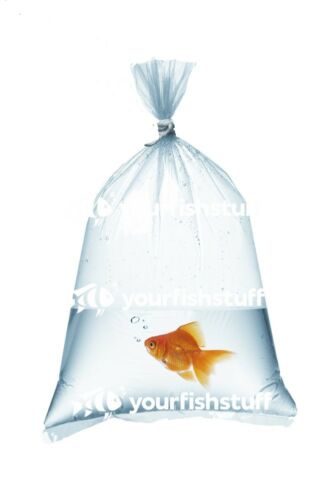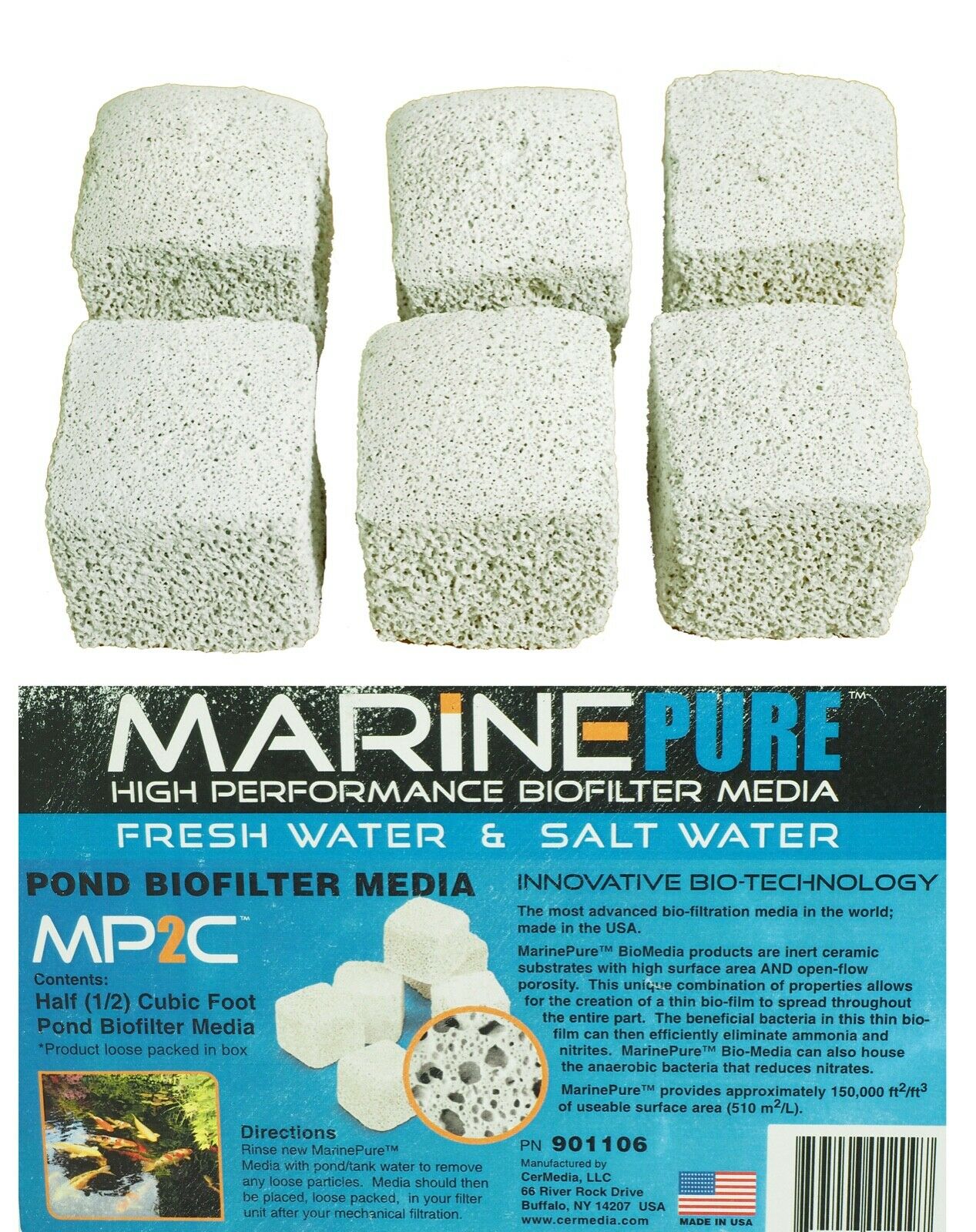-40%
Biopellets, Aquarium Nitrate Phosphate Reducing PHA Granules, 1.5lbs Free Ship!
$ 21.11
- Description
- Size Guide
Description
Our biopellets are manafactured from pure Polyhydroxyalkanoates (PHA), from a strain of bacteria specifically for use in aquaria systems.Biopellets are a popular method of reducing phosphate and nitrate levels in your aquarium. The pellets provide a food source for bacteria that also consume nitrate and phosphate. As your tank water passes through the biopellet reactor, bacteria get flushed off the pellets and enter the aquarium's water column, where they consume nitrates. Then the bacteria is removed through several methods, including protein skimmer, and consumption by tank inhabitants. The bacteria may also convert the nitrate to nitrogen gas.
DETAILED INSTRUCTIONS:
•
1) Standard dose for new or exceptionally low nutrient tanks is 180g. or approximately 1 cup, per 50 gallons in a fluidized reactor. For aquariums with measurable nitrates, 1/2 to even 1/4 starting dose is recommended for first 3-4 weeks, increasing weekly thereafter. Once system is established, overdose is not possible.
•
2) Add or replace Bio Pellets as needed to keep reactor full.
Do not let pellets dissolve to below 1/2 the original amount or you may notice reduced effectiveness.
•
3) For best results, water exiting Bio Pellet should flow directly into a quality protein skimmer intake.
•
4) Rinse and soak new media in D.I. or tank water for up to 24 hours to prevent floating. If reactor gets clogged, dump contents into 5-gallon bucket with tank water, stir and pour off debris. Media can then be returned to reactor in part or whole. Keep pellets moving within reactor to prevent clumping or clogging.
Tiny air bubbles can stick to new pellets, causing them to float initially, watch for floating pellets against top of reactor after new media is placed in reactor, gently tap on reactor, or stop and restart the pump, to get Pellets to fluidize and prevent clogging.
•
5)
Keep significant aeration in aquarium system, especially at night during first 3-4-week cycle period. Use Protein skimmer, aggressive surface agitation, and/or air bubbles, to keep O2 levels up and allow for CO2 removal.







